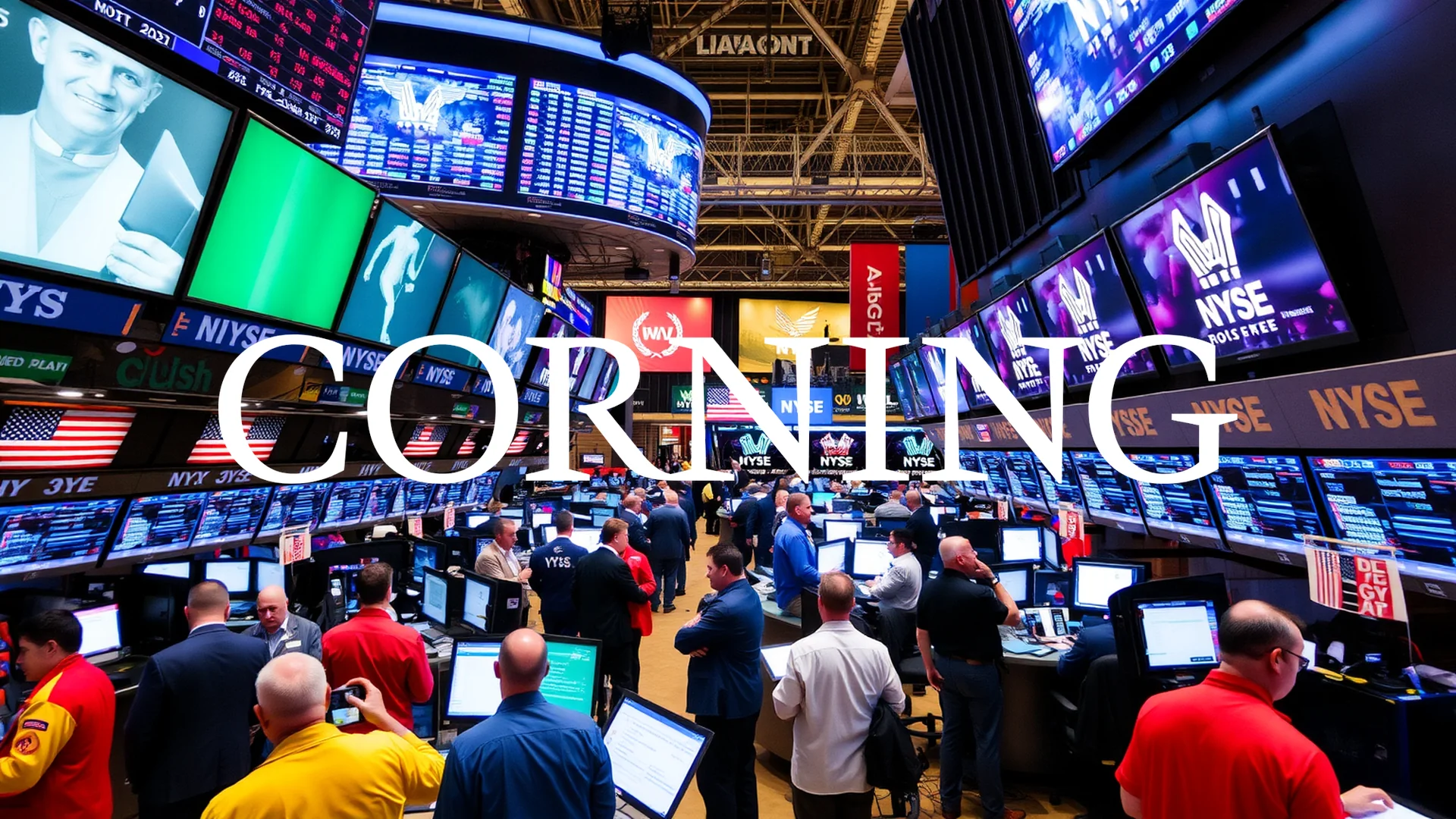While much of the financial sector remains focused on interest rate signals and economic data, American Express has charted its own course with a notably impressive operational performance. The payments giant has significantly outpaced the broader market, demonstrating fundamental strength, though investors should note emerging cost pressures and macroeconomic risks accompanying this growth.
Financial Outperformance and Analyst Confidence
American Express shares delivered a remarkable 24.3% gain over the past year, comfortably exceeding the 15.6% return of the S&P 500 and the 14.5% average for its industry sector. The company’s performance stands strong even when measured against its larger network rivals, Visa and Mastercard, which posted gains of 27.7% and 25.1%, respectively.
Market experts maintain a positive outlook, forecasting earnings growth of 14.3% for 2025, followed by an additional 13.7% in 2026. These estimates have been revised upward multiple times in recent weeks. Revenue projections are equally solid, anticipated at 8.3% and 8.1% for the two years. The company has a proven track record of exceeding expectations, having beaten consensus earnings estimates by an average of 4.6% over the last four consecutive quarters.
The Cost of Growth and Underlying Risks
This expansion, however, comes with increased expenditures. The rapid rise in operational costs is a growing concern. Following jumps of 22% (2021), 24% (2022), 10% (2023), and 6% (2024), expenses climbed another 12% in the first half of 2025. While partly driven by heightened customer activity, these increases inevitably compress profit margins.
Should investors sell immediately? Or is it worth buying American Express?
Furthermore, American Express faces inherent credit risk due to its significant exposure to consumer and small business clients, a segment more vulnerable to economic shifts than the pure network operators. An economic downturn could lead to higher default rates, necessitating increased provisions for credit losses and posing a direct threat to overall profitability.
A Foundation of Financial Resilience
Despite these challenges, American Express boasts an exceptionally strong balance sheet, providing a significant buffer. As of the end of the second quarter, the company held $57.9 billion in liquid assets against just $1.5 billion in short-term liabilities. Total assets grew to $295.6 billion.
This financial power enables substantial returns to shareholders. The company distributed $7.9 billion via dividends and share buybacks in 2024, and had already returned $3.3 billion to investors in the first half of 2025 alone. The current valuation is generally viewed as fair, with limited upside potential reflected in the prevailing ‘Hold’ rating among analysts.
The central question for investors remains whether American Express can successfully manage its cost structure while continuing its trajectory of profitable growth.
Ad
American Express Stock: Buy or Sell?! New American Express Analysis from November 20 delivers the answer:
The latest American Express figures speak for themselves: Urgent action needed for American Express investors. Is it worth buying or should you sell? Find out what to do now in the current free analysis from November 20.
American Express: Buy or sell? Read more here...













